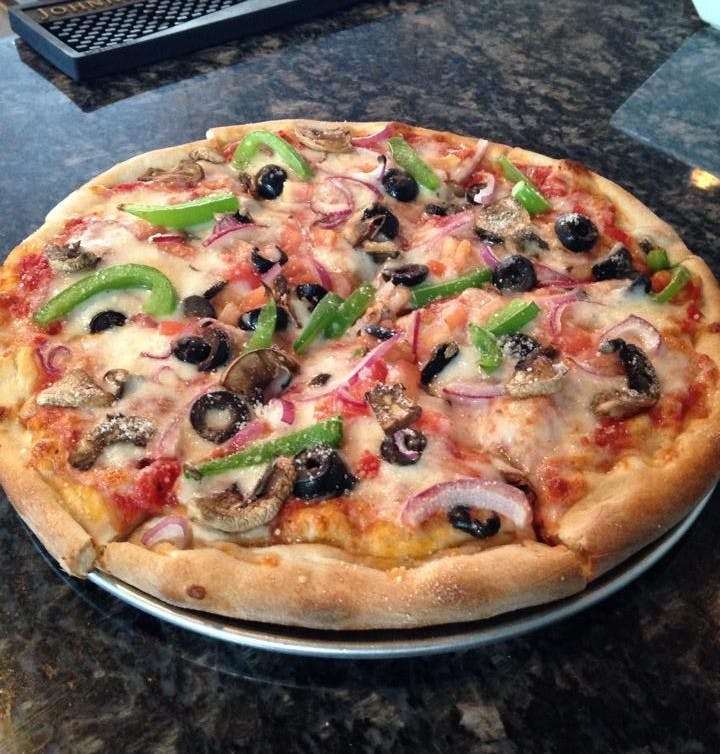


Optional: Kitchen scale or digital scale, such as the Fast Weigh MS-500-BLK Digital Pocket Scale, 500 by 0.1 G, available from.Make sure the apples do not have any bruises or dents on the outside and that each looks similar to the other. National Center for Education Statistics, (n.d.).Retrieved May 10, 2012.įor help creating graphs, try this website: Why do apple slices turn brown after being cut? Scientific American. Retrieved March 3, 2021.įor more advanced information on apple oxidation, visit the following website:
SLICE IT FAIR HOW TO
Why Do Apples Turn Brown? How To Keep Apples From Turning Brown?. You can do further research by visiting the following websites, which give information about apple oxidation and preservation: Why do you think some methods other than wrapping the apple slices, such as rubbing them with lemon juice, preserve the color and surface of the apple slices?.
SLICE IT FAIR SKIN
Why do you think the skin of the apple curls around where the apple has been cut?

Sometimes food can even look perfectly good to eat, but can harbor pathogenic microorganisms that can cause illness and are hard to detect. They can cause food to decay and develop unpleasant odors, tastes, and textures. These microorganisms can include different types of fungus, such as mold and yeast, and bacteria. Food becomes spoiled because microorganisms start living in the food. Spoiled food can look, feel, and smell unpleasant, and can make you very sick if you eat it. If a piece of apple is left out long enough, it may spoil. Watch this time-lapse video to see what happens to two apple halves when they are left out in a room for six days.

Unless it is specially prepared, a desiccated piece of apple is not nearly as appealing as a plump, juicy piece of apple. The skin of the apple helps keep liquid inside of the apple, but when the apple is cut open, its skin can no longer protect it, and it slowly loses water. Desiccation is the process by which something loses water and dries up. These chemicals are what make the cut apple turn brown over time.Īs a piece of apple turns brown, you may have noticed that it can also shrivel up a little, or desiccate. These interactions cause many other interactions, which eventually lead to the forming of brown-colored chemicals. In the case of the apple, when it is cut, oxygen can interact with certain proteins, called enzymes, in the flesh of the apple. The apple may have changed in appearance it may have turned brown, shriveled up a little, felt and smelled different, and no longer been tasty.Īpples turn brown because of a chemical process called oxidation, which happens when oxygen interacts with another substance. Ever cut an apple into pieces and let some pieces sit out for a while? After a few hours, you may have found that the apple was less appealing than when you first ate it.


 0 kommentar(er)
0 kommentar(er)
